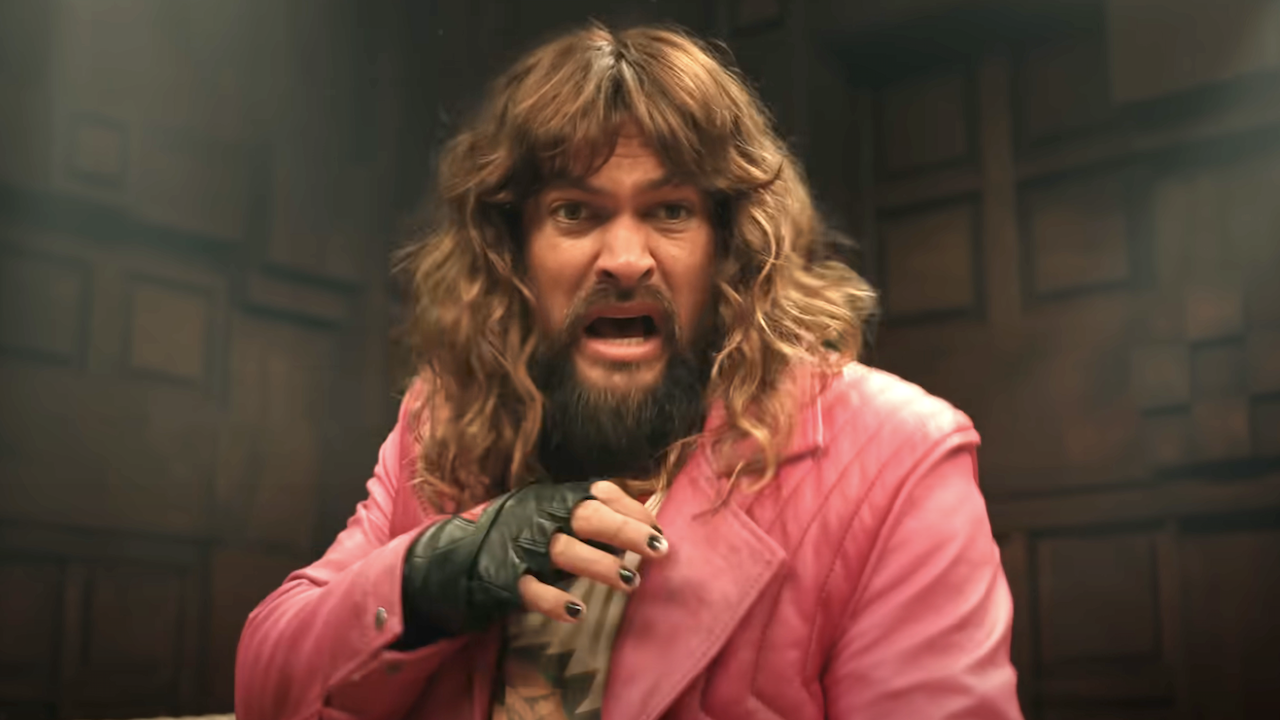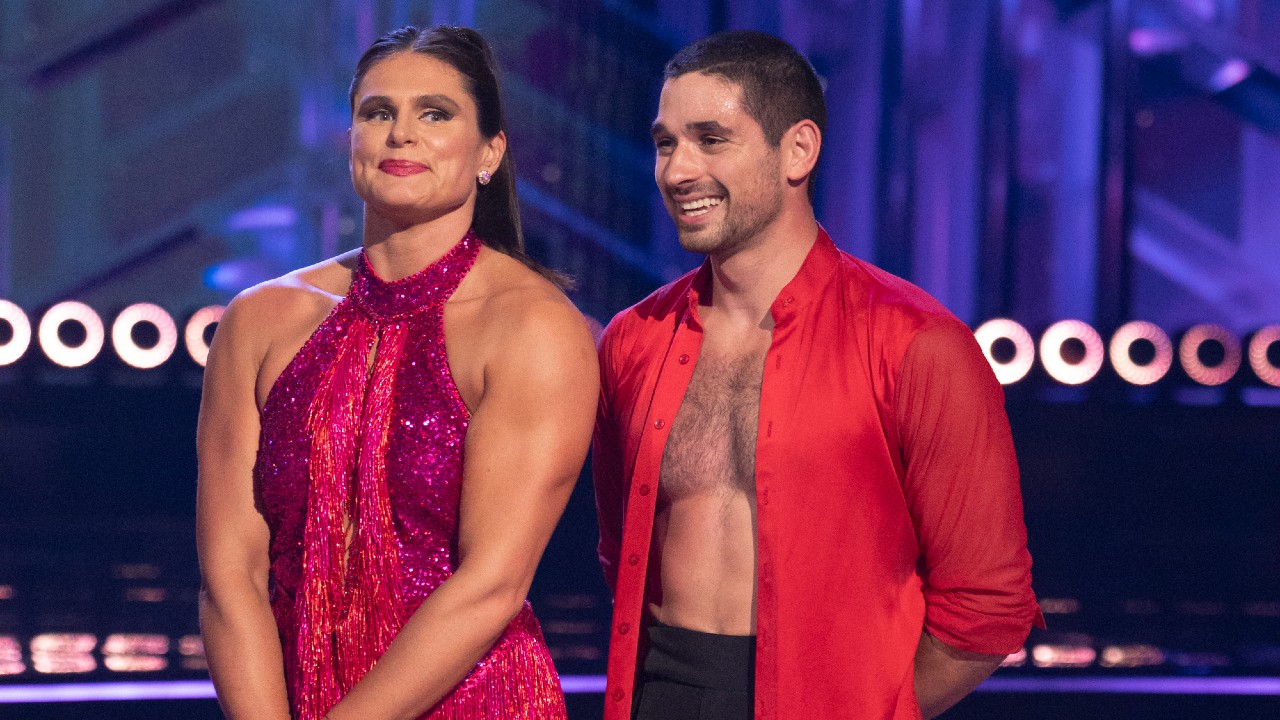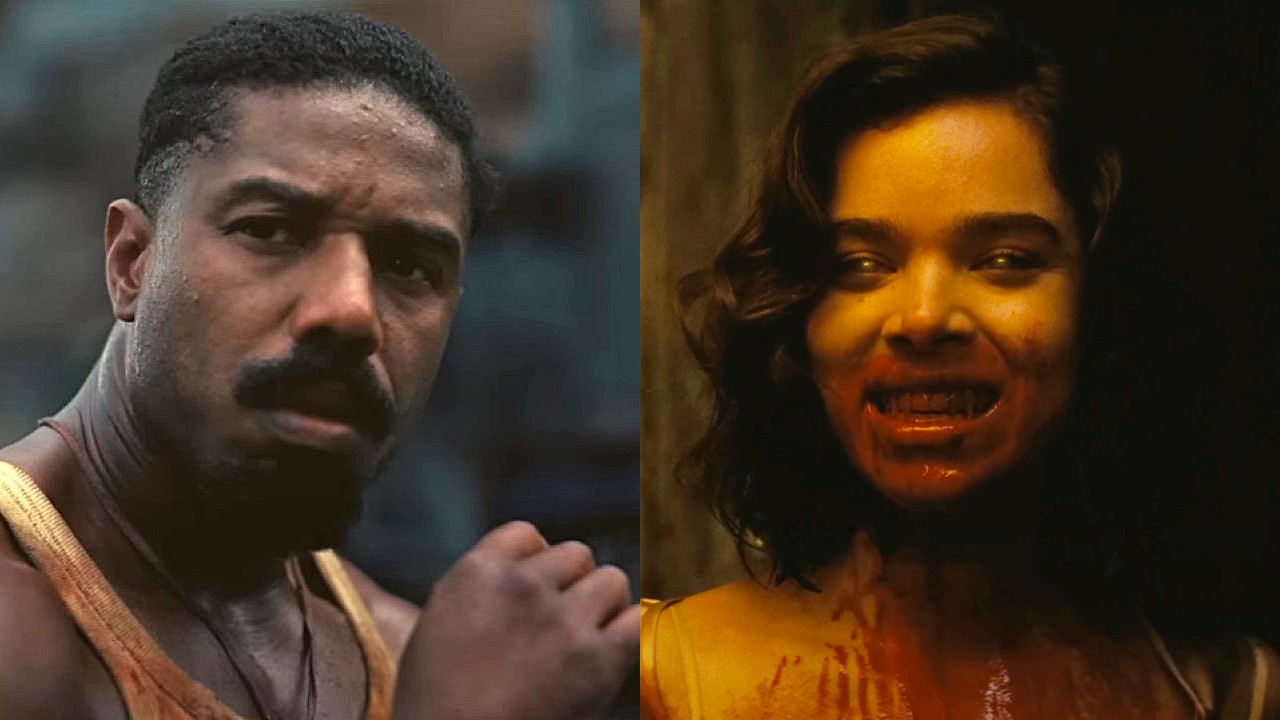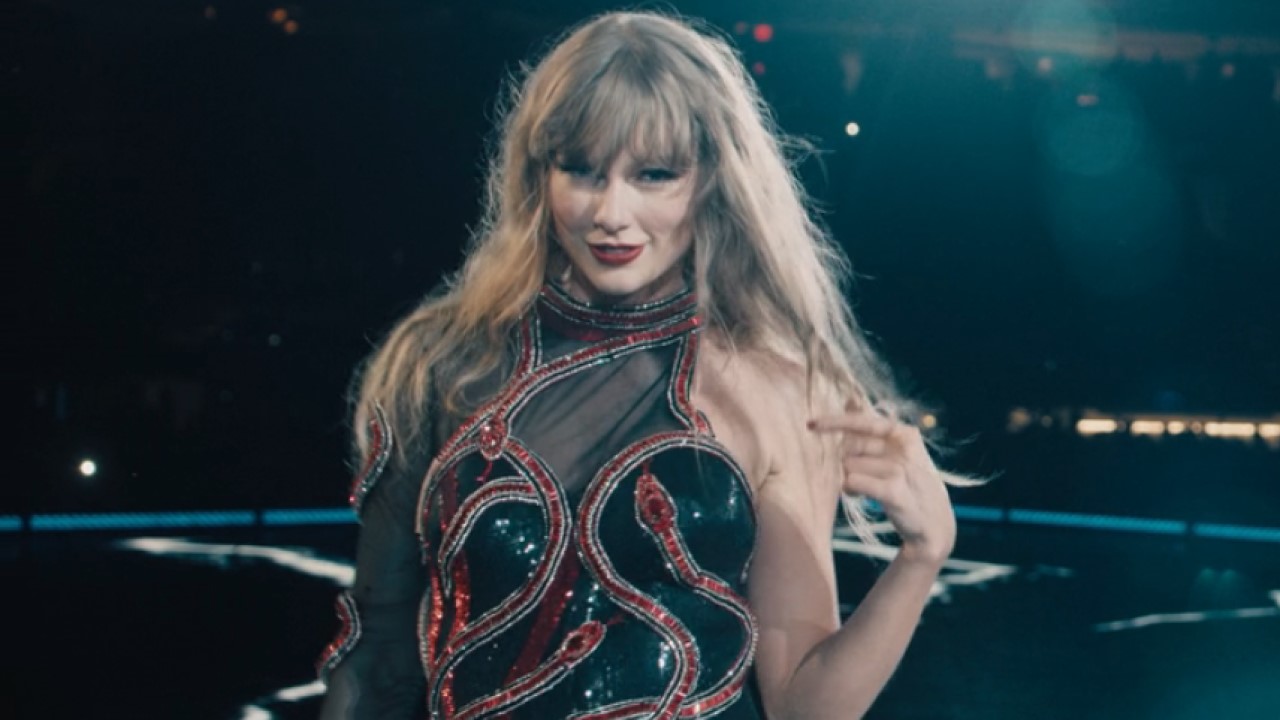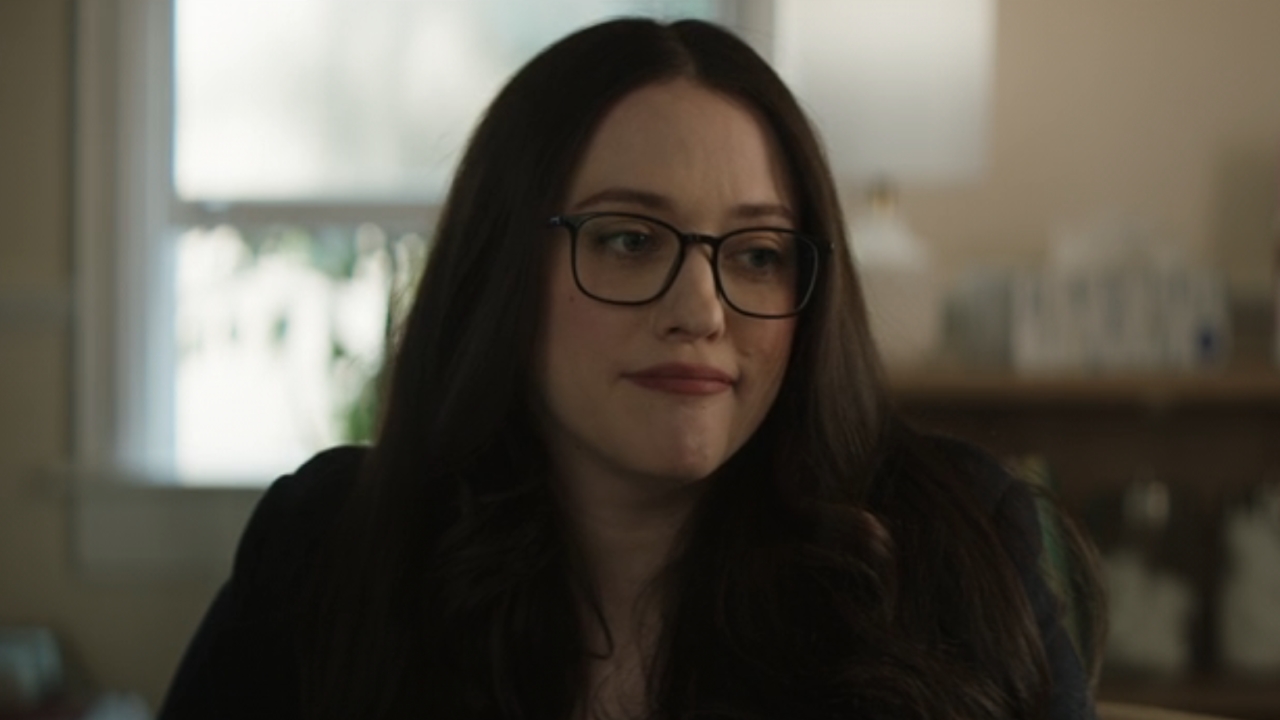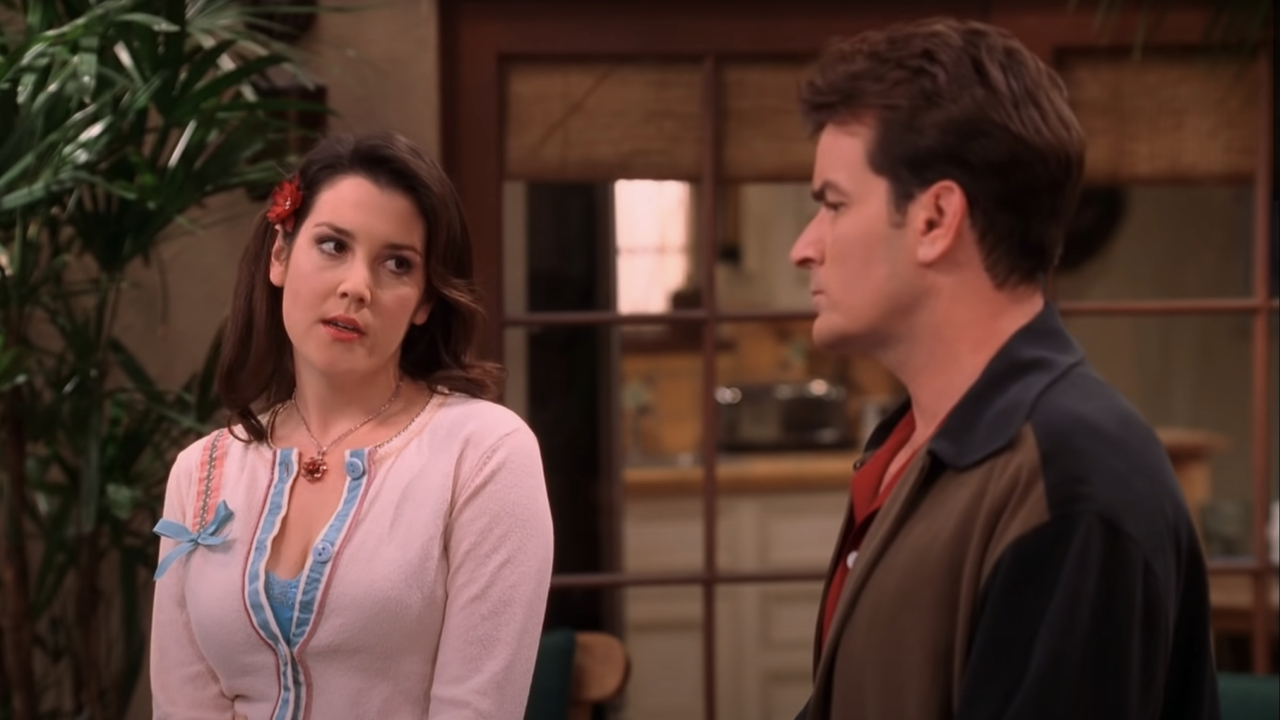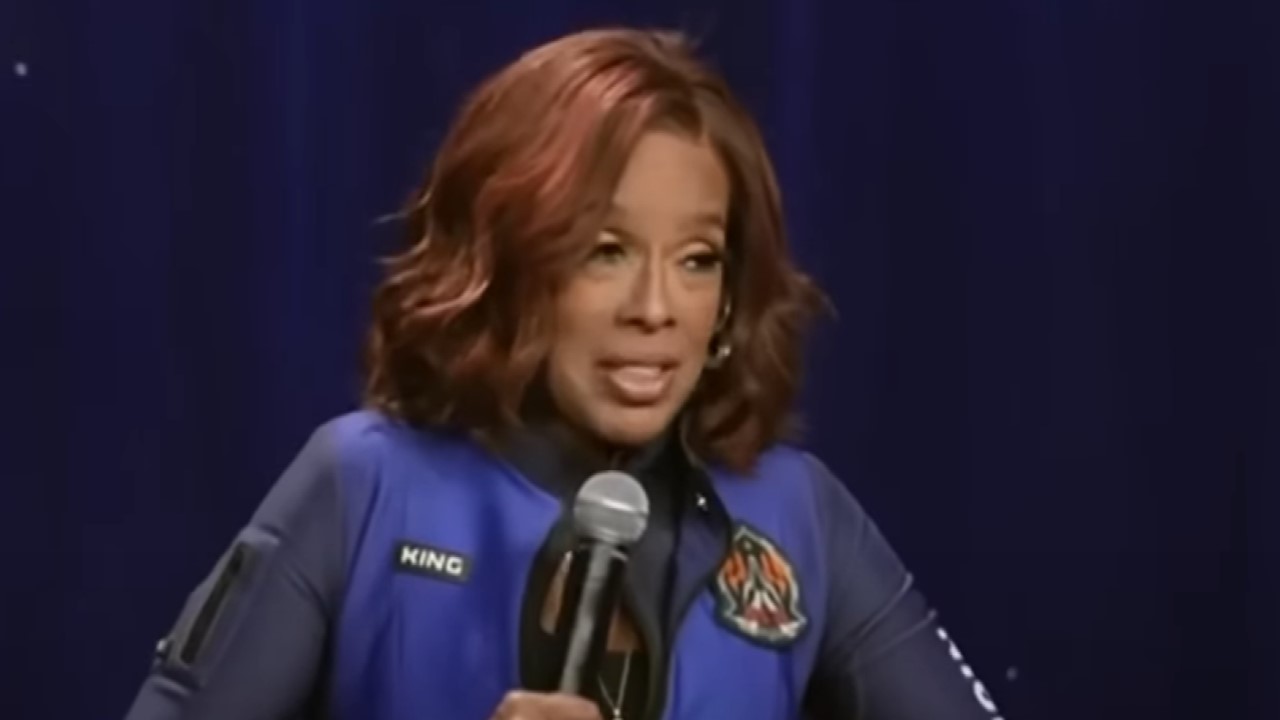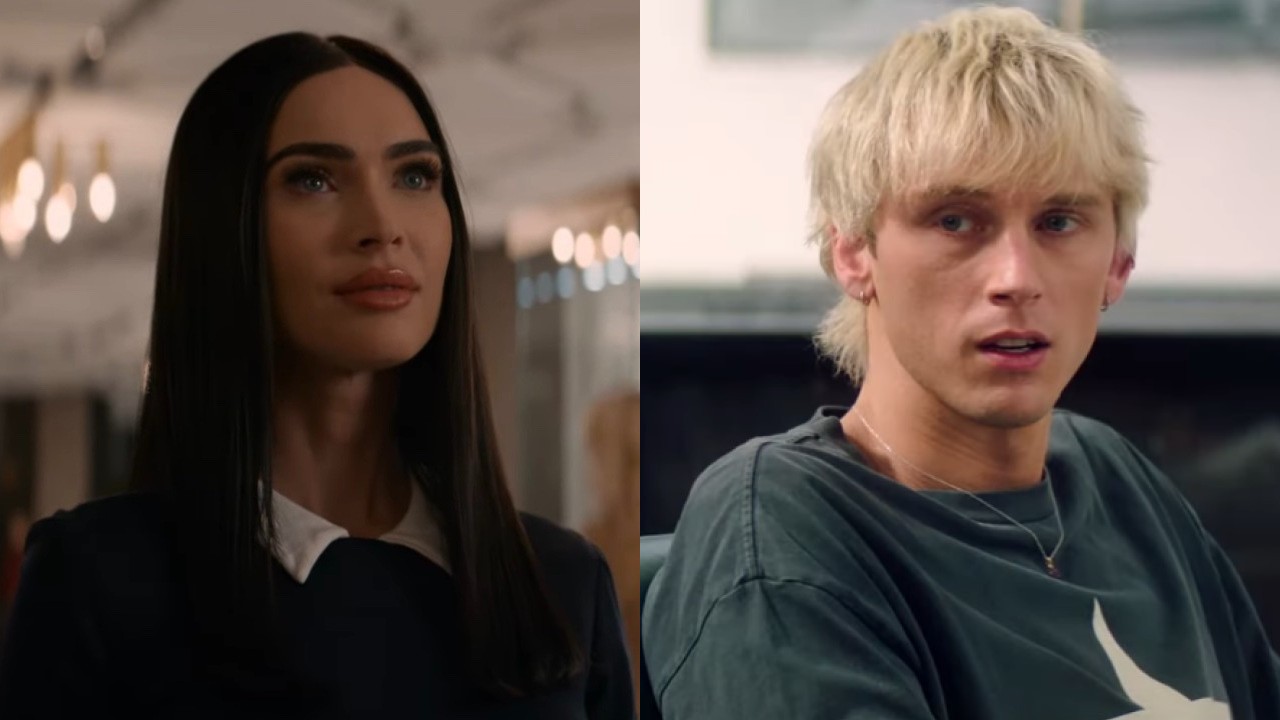Why Star Wars Rebels Introduced That Huge Original Trilogy Character
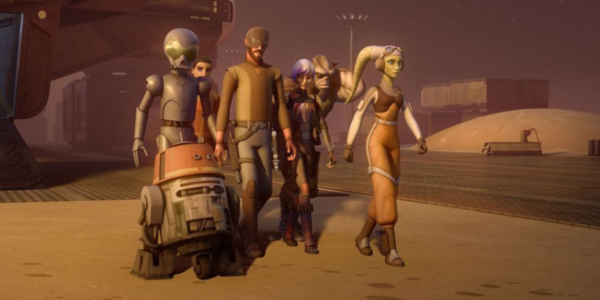
Warning: spoilers ahead for the "Twin Suns" episode of Star Wars Rebels.
Star Wars Rebels has been slowly incorporating more and more characters from the original trilogy of Star Wars films. The show is set in the final years before the action of A New Hope picks up on Tatooine, and we're getting closer and closer to the merging of the timelines. The latest episode of Rebels featured a long-awaited final meeting between Maul and Obi-Wan Kenobi, but that wasn't all it featured. The "Twin Suns" episode introduced Luke Skywalker himself. Executive producer Dave Filoni has come out and explained why the show had to bring in Luke, saying this:
We have to look at every episode of Rebels as if you've never seen Star Wars before. So if you think of it that way whenever Maul and Obi-Wan are talking about 'The Chosen One' or 'Who are you protecting?' if you never see or we don't give the context of that, there are a lot of people who won't know whats going on there. The Star Wars fan will but the average person will not. So at the very least the scene establishes, in its simplest form, there's Obi-Wan, he was protecting someone, and there's a woman yelling 'Luke,' and we see what we think of as a young boy running. 'Oh, so Obi-Wan is protecting a boy named Luke.' It's designed to give you that specific bit of information that you need in the story.
Disney XD went into overdrive hyping "Twin Suns" and its final showdown of Obi-Wan Kenobi vs. Maul. Of course, anybody who has seen the original trilogy knew that Obi-Wan was going to emerge victorious, and the odds were pretty good that Maul would finally be definitively killed. Basically, we knew the broad strokes of what was going to happen between the longtime nemeses. What we didn't know was that Luke Skywalker himself would make an appearance, but as Dave Filoni said in his chat with io9, the story of "Twin Suns" demanded at least a cameo from him.
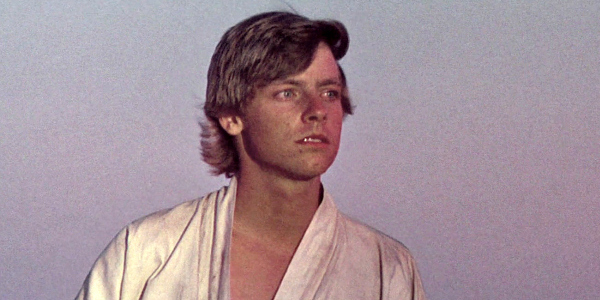
Maul arrived on Tatooine as part of his decades-long hunt for the man who cut him in half way back in The Phantom Menace. Obi-Wan, in true Jedi style, didn't want to fight Maul, but when Maul began to figure out that Obi-Wan was living the hermit life to protect somebody rather than to hide, Obi-Wan ignited his lightsaber and prepared for the final fight. After being sliced down the middle by Obi-Wan (again), Maul used his final breaths to ask Obi-Wan if he was protecting the Chosen One. Obi-Wan confirmed this, and Maul died believing that the Chosen One "will avenge us" by destroying the Sith. The entire conflict was driven by Obi-Wan's mission to protect Luke, and so the episode really needed an appearance from the boy himself.
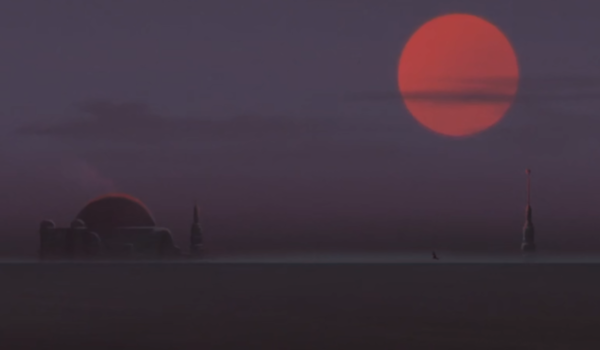
Admittedly, it wasn't much of an appearance. Star Wars Rebels only introduced Luke from a distance. Obi-Wan watched from afar under the light of a binary sunset as the teenage Luke was called back home by Aunt Beru, presumably to drink some blue milk and tout the virtues of the Tosche Station's supply of power converters. He was a tiny figure on a Tatooine landscape, and it made for one of the most chill-inducing scenes on Rebels to date for longtime fans. John William's "Binary Sunset" score even played over the scene.
While Luke is by far the biggest original trilogy character ever to appear on Star Wars Rebels, he's not the first. His twin sister Leia joined in the Rebels action back in Season 2, and we've seen familiar faces ranging from Lando Calrissian to Mon Mothma to Wedge popping up over the years. Now that we're only a couple of years away from the A New Hope timeline, we can count on more original trilogy characters debuting.
On that note, I'm afraid that we might also begin to see major prequel era and pre-original trilogy characters dying off. Rebels already killed off Maul; could Kanan and Rex be next? Just as there was no horned former Sith lord in the original movies, there was no blind Jedi or aged clone trooper in the thick of the action. We'll have to cross our fingers, wait, and see. The two-part Season 3 finale of Star Wars Rebels airs on Saturday, March 25 on Disney XD. Don't forget to take a look at our midseason TV premiere schedule and our summer TV premiere guide.
CINEMABLEND NEWSLETTER
Your Daily Blend of Entertainment News

Laura turned a lifelong love of television into a valid reason to write and think about TV on a daily basis. She's not a doctor, lawyer, or detective, but watches a lot of them in primetime. CinemaBlend's resident expert and interviewer for One Chicago, the galaxy far, far away, and a variety of other primetime television. Will not time travel and can cite multiple TV shows to explain why. She does, however, want to believe that she can sneak references to The X-Files into daily conversation (and author bios).

